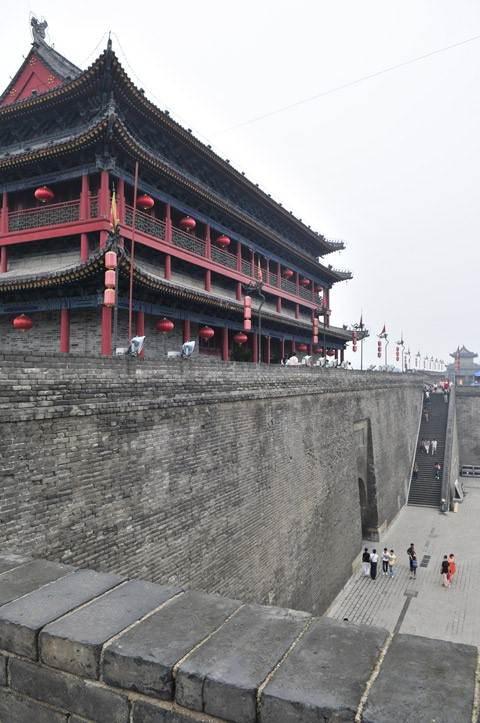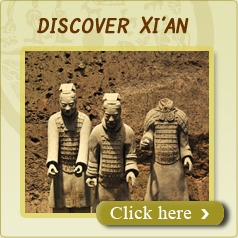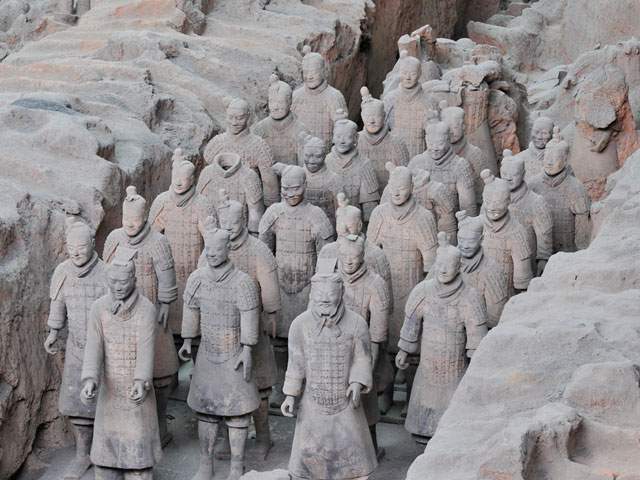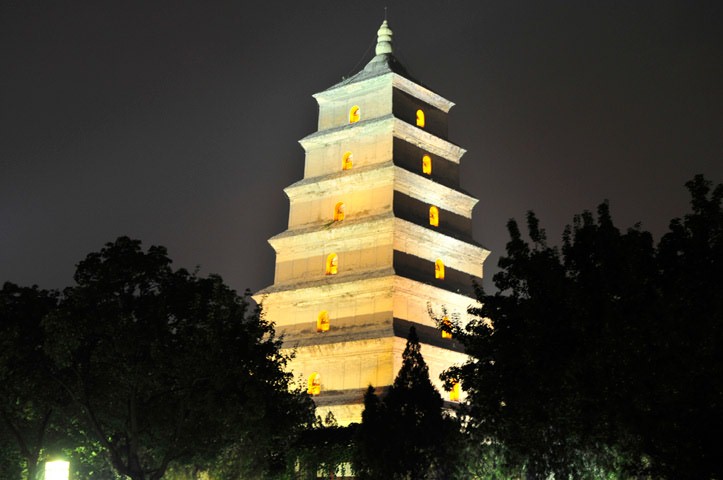Shaanxi Yan'an Guide
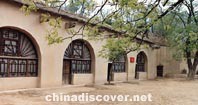
Located in the northwest of Shannxi Province, Yan'an was the destination of the Long March, as well as a main revolutionary base for the Communist Party of China when contending with the Kuomintang government. Pagoda Hill in Yan'an was the beacon for progressive youth in the 1930s and 1940s. In sharp contrast to the reactionary Kuomintang, the progressive Communist Party of China was, despite being weaker, the only hope for the Chinese people. Red Star Over China by Edgar Snow illustrates the progressive nature and vitality of the Party, and inspired a legion of young people in the Kuomintang-ruled areas to go to Yan'an.
Yan'an, remote and obscure, gave refuge to the Party when it was in dire straits. However, since the founding of the People's Republic of China in 1949, Yan'an has fallen behind in economic development due to its disadvantageous location. However, the traditional cave-dwellings and folklore are well preserved, and are great attractions to urban residents.
Pagoda Hill
The Pagoda Hill is also known as "Jialingshan Hill". The ancient pagoda above the hill was built in the Tang dynasty (618-907), which was more than 1300 years ago. The pagoda itself is of octagonal structure with nine stories, and it is 44 meters high. There is a large bell nearby the pagoda, which was cast in the Ming dynasty.
Under the hill, there are lots of stone inscriptions left by cliff. The inscription with three large words in Lishu (official script), namely "Jialingshan", is the most famous one, which is an inscription by the director of the Yan'an prefecture, namely Fan Zhongyan (989-1052). Being buffeted by wind and rain for a long time, the writing was blurred, and it was re-carved at the beginning of the Ming dynasty. There also have eight large words of carved stone, namely "There are ten thousand armors and weaponries in mind", each word is two Chi (namely one third of a meter) long and two Chi wide. This is a high value set by the later generations on the military deployment made by Fan Zhongyan.
Yangjialing
The Yangjialing Revolutionary Site is located about three kilometers away from the northwest of Yan'an city. There are sites of Mao Zedong, Zhou Enlai, Liu Shaoqi and Zhu De, as well as the general office of the Central Committee of the Chinese Communist Party. The War of Resistance Against Japan and the Rectification Movement in Yan'an, as well as the General Production Movement used to be led by the Chinese Communist Party here, during the period of 1938 to 1940, 1942 to 1943. Mao Zedong used to write down a lot of important articles, such as Fight Against The Capitulating Activities, The Chinese Revolution And the Chinese Communist Party, The Tactics Problems In The Current United Front Against Japan, The Speech At The Forum On Literature And Art In Yan'an, etc. On April 23rd, 1945, the Seventh National Congress of the Chinese Communist Party was held here.
At the congress, Mao Zedong gave a political lecture, namely On Coalition Government, Liu Shaoqi gave a talk, namely On Amending The Chinese Communist Party Constitution. And the Party Constitution of new edition was adopted at the Congress. It is clearly specified in this Party Constitution that, Mao Zedong Thought, which combines the Marxism-Leninism Theory with the concrete practice in China, is the guiding ideology of the Chinese Communist Party. And the Central Committee of the Chinese Communist Party led by Mao Zedong was fixed at the Congress. This congress prepared conditions for striving for winning the War of Resistance against Japan, and finally winning the Chinese Revolutionary War.
